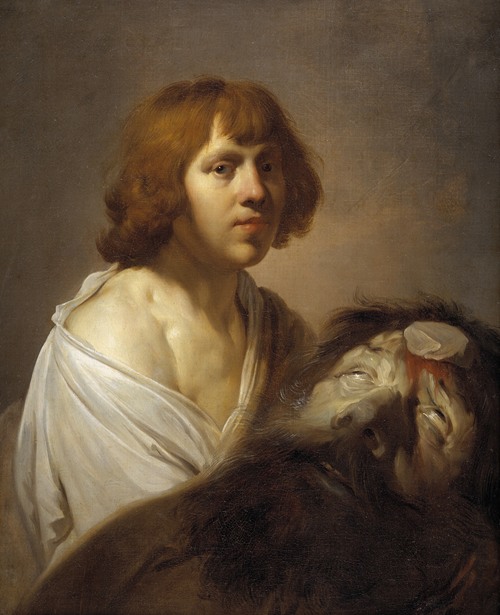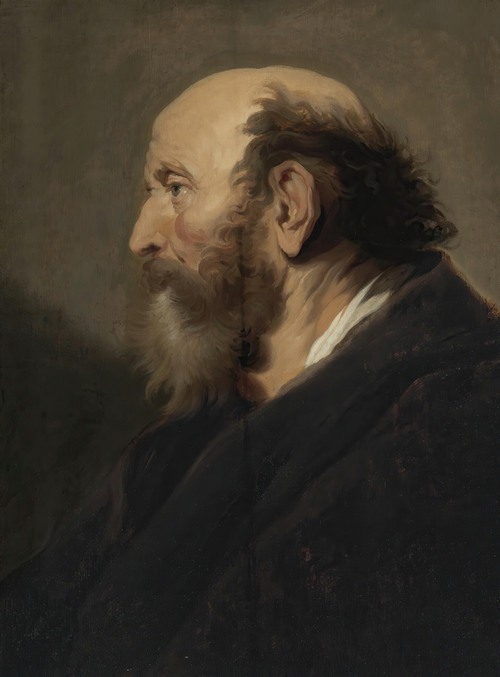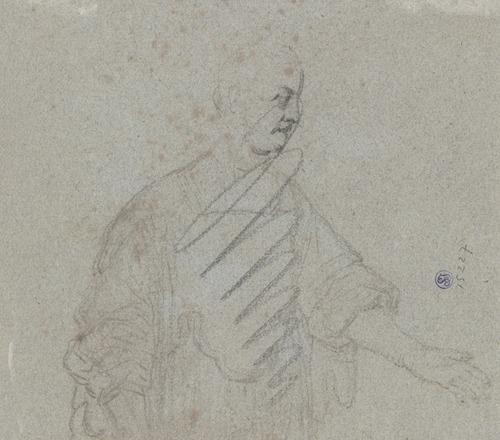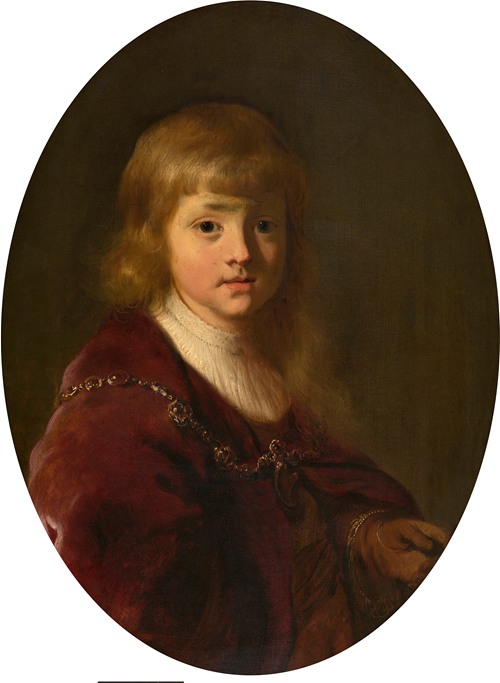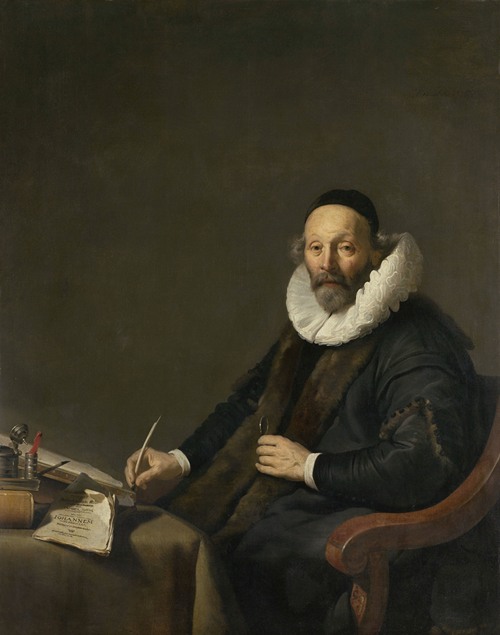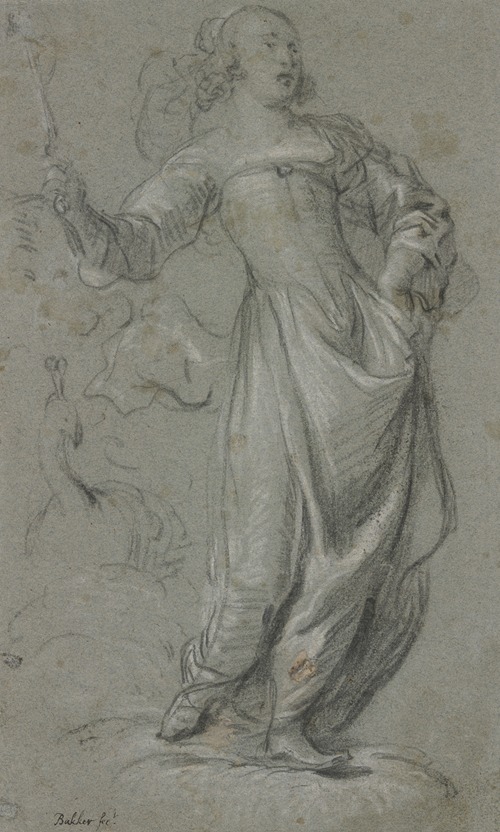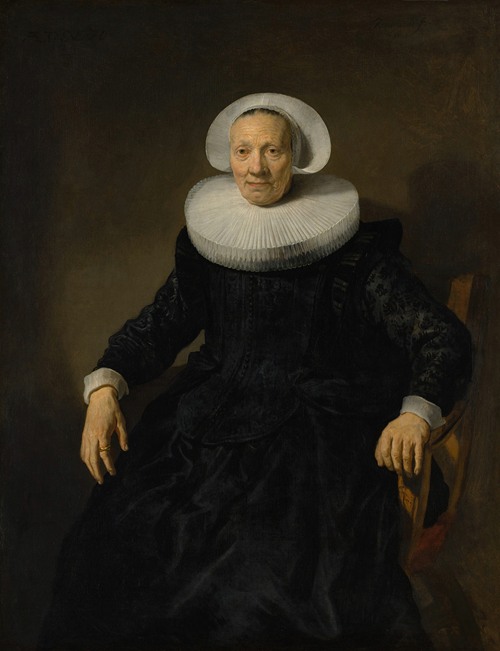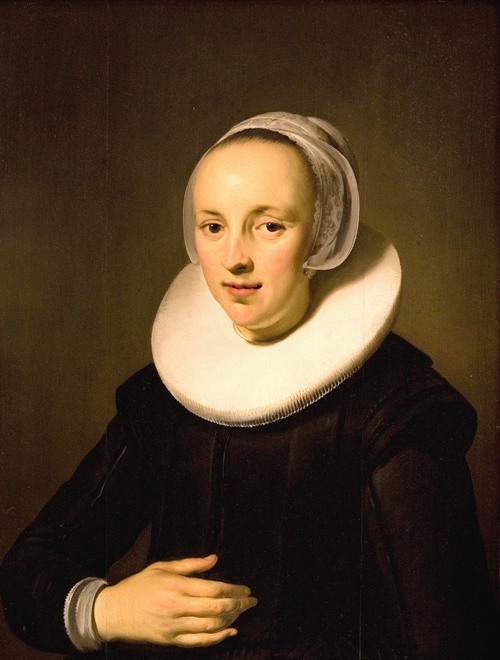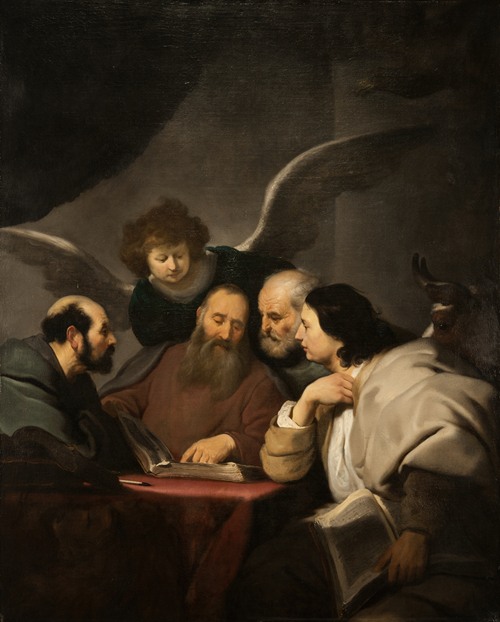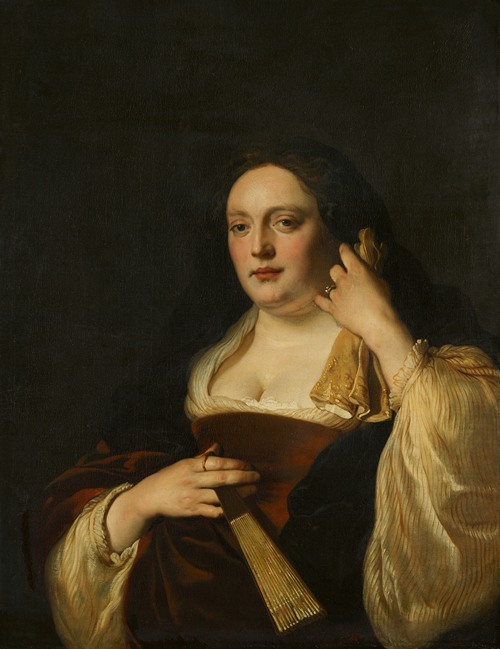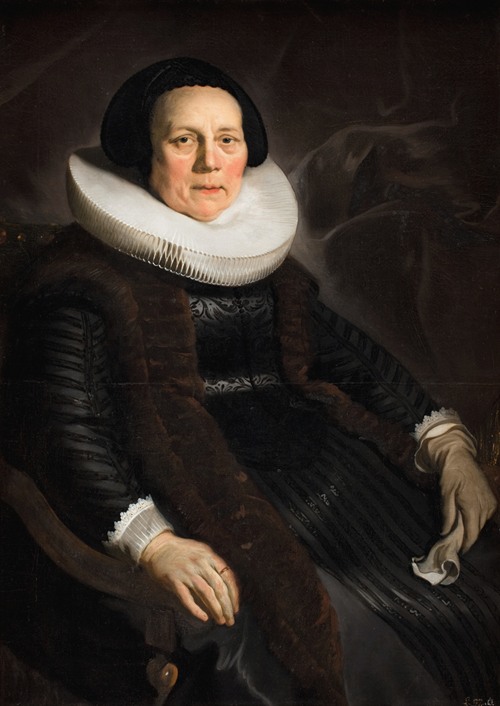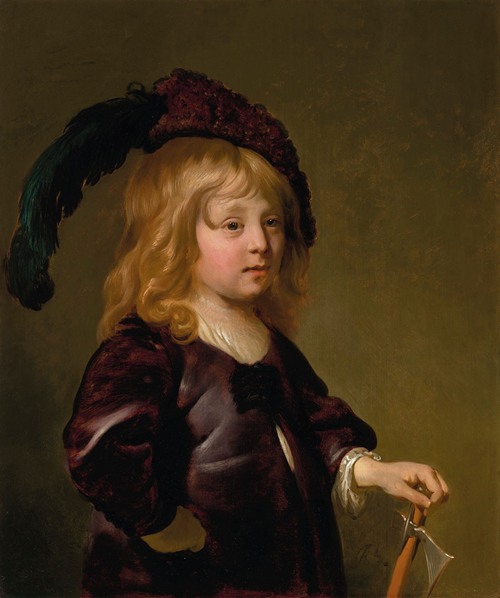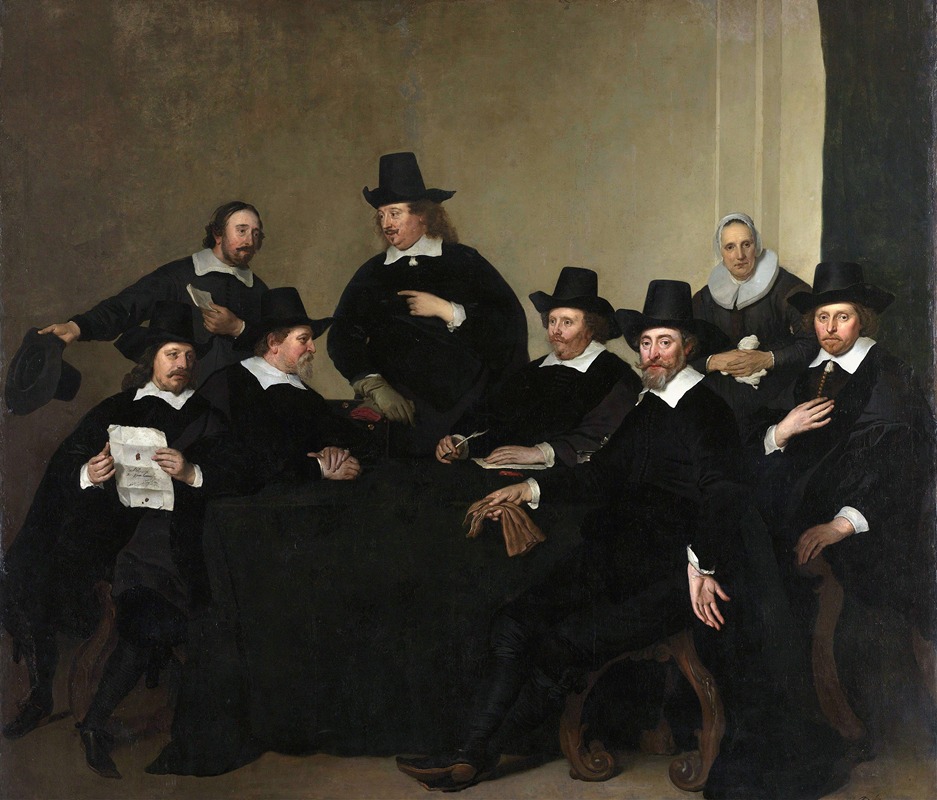

Jacob Adriaensz Backer was a Dutch Golden Age painter. He produced about 140 paintings in twenty years, including portraits, religious subjects, and mythological paintings. In his style he was influenced by Wybrand de Geest, Rubens and Abraham Bloemaert. He is also noted for his drawings of male and female nudes.
Backer was born in Harlingen, Netherlands, but his father moved in 1611 to Amsterdam, after his wife died. The family lived on Nieuwendijk near the harbour. Between 1627 and 1633 he and Govert Flinck, both Mennonites, were pupils of Lambert Jacobsz in Leeuwarden, a mennonite teacher, father of Abraham Lambertsz van den Tempel, painter of religious work, and after moving to Amsterdam, a neighbor. In 1633 Backer returned to Amsterdam, and probably worked for Hendrick Uylenburgh. Backer never married, never bought a house, and might have lived with his brother or nephew Adriaen Backer, who also became a portrait painter. He died in Amsterdam, in his early forties.
His extreme quickness in painting portraits has been particularly noticed, and Joachim von Sandrart wrote in his Teutsche Academie that a woman came from Haarlem and went home the same day, in which short period of time her portrait, cuffs, fur, collar, together with the rest of her dress and both hands, was handsomely completed in a life-sized half-length. This remark refers both to the success of the wet-on-wet technique practised in the Netherlands at that time, as well as the fact that the trekschuit, which was a new invention in 1632, allowed regular comfortable transport between Haarlem and Amsterdam and made such trips to portrait painters possible.
Besides being an important portrait painter—some 70 portraits can be attributed to him with certainty—Backer was an excellent painter of religious and mythological paintings. He was especially interested in pastoral subjects, themes from contemporary history, like Granida and Daifilo, and the huge Crowning of Mirtillo from 1641 in the Brukenthal National Museum in Sibiu (250 x 250 cm.). The painting with the schutterij, Company of Cornelis de Graeff, for years on the same wall as Rembrandt's Night Watch, is in the Rijksmuseum. Backer, who joined Rembrandt's studio between 1632 and 1634, was one of the most independent of his pupils although absorbed the spirit of Rembrand's style which is reflected in his Portrait of a Woman (Saskia van Uylenburgh?) in the National Museum in Warsaw (c. 1633). The artist excelled in painting hands and feet. He never painted a town or landscape. He was a leading artist in Amsterdam until his premature death in 1651. He was buried in the Noorderkerk.
